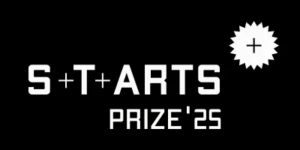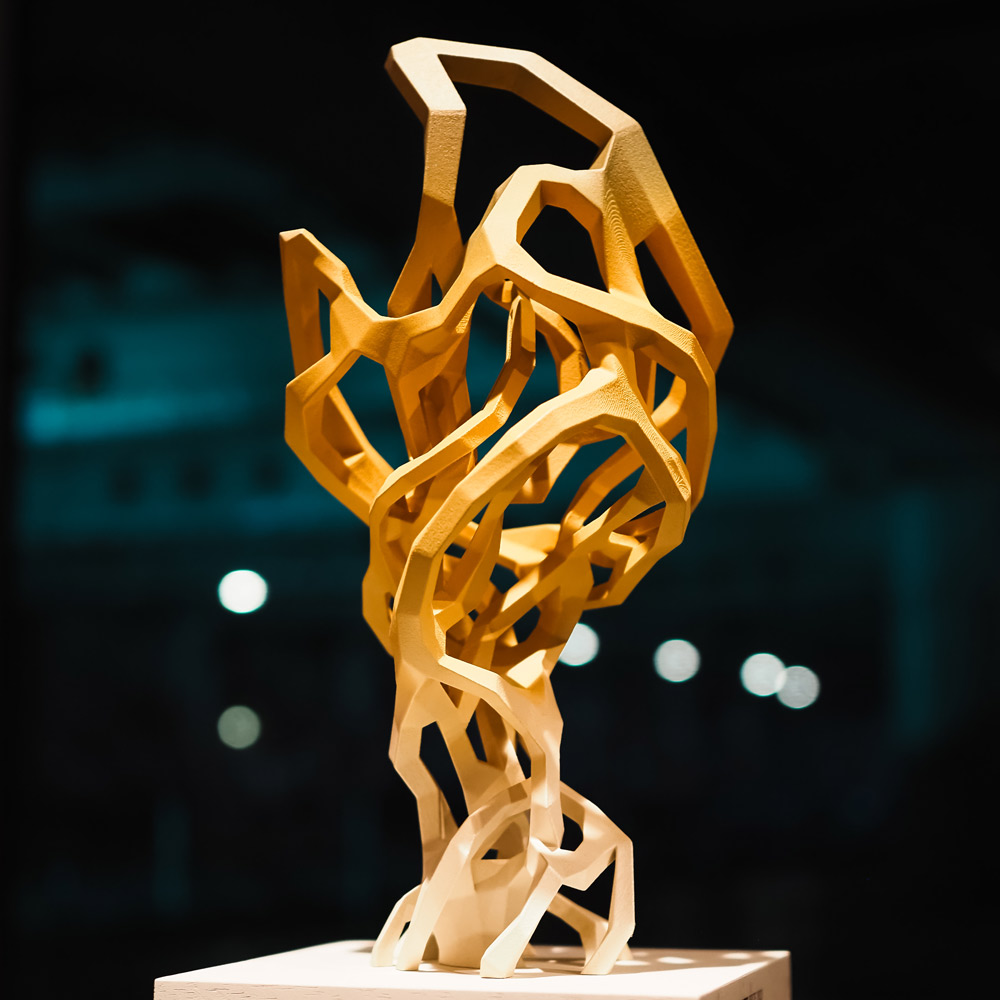
Nominations
-
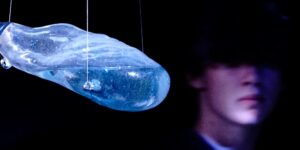
The Glacier Trilogy
Theresa Schubert (DE)
The Glacier Trilogy is an immersive artwork investigating glaciers as the starting point of fluvial systems and the future of water in climate crisis. A product of advanced computational technologies (such as generative adversarial networks, atmospheric sensors or realtime ice-fluid simulation for 8K) combined with sculpture materials and human creativity, The Glacier Trilogy stimulates an…
-
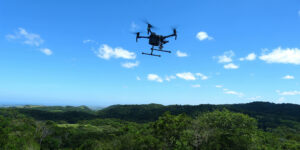
The Living Dead: On the Trail of Female (2022)
Laura Cinti (IT)
No longer existing in the wild, ‘Encephalartos woodii’ is one of the rarest and most endangered plants on Earth. One male specimen was found in 1895 in the Ngoye Forest, South Africa. It was removed from the wild and its offsets have been propagated in botanical gardens worldwide. However, these specimens are all clones of…
-
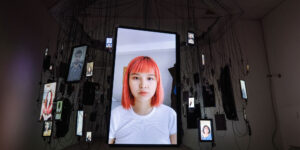
The More The Better (Two Truths and a Lie)
Mihály Kornai (HU)
The More The Better (Two Truths and a Lie) is a multimedia installation exploring the relationship between foreign languages and trustworthiness. The work consists of 100 videos in the 100 most prevalent languages on the internet, looping on used devices and hanging from a single metal structure.
-

TRACEWASTE
Susi Gutsche (AT)
The project TRACEWASTE observes and visualizes garbage movements from a citizen’s perspective to explore future urban life in the context of waste management. It tracks discarded objects using geolocation methods, providing insights into waste whereabouts, transport durations, distances, and emissions. IoT devices (0G) in a low power wide area network track various types of waste…
-
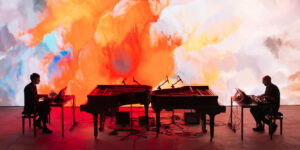
Transient – Impermanent Paintings
Quayola (IT), Andrea Santicchia (IT)
Transient is an audiovisual concert for two motorized pianos and video projections by Quayola and Andrea Santicchia aka SETA. A real-time improvisation in which the artists collaborate with complex algorithms in order to generate compositions of a delicate anthropic and technological balance. The custom software simultaneously generates sound and images, creating perfectly synchronized synesthetic alliterations.
-

Urban Data Forest
Monika Seyfried (PL), Cyrus Clarke (FR), Grow Your Own Cloud (INT)
Urban Data Forest reimagines the city as a site of data storage in plants and trees. It explores the possibility of how DNA data storage technology could transform urban spaces, bringing nature and data back to the city.
-
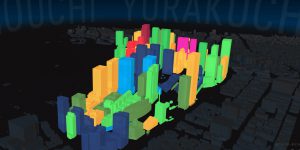
Project PLATEAU
Ministry of Land, Infrastructure, Transport and Tourism
A project led by Japan’s MLIT: Ministry of Land, Infrastructure, Transport and Tourism to develop and open data on 3D city models throughout Japan. The project aims to make urban policy sustainable, human-centric, and agile through the development of 3D city models, use cases, and promotion of their use. The goal is not just to…
-
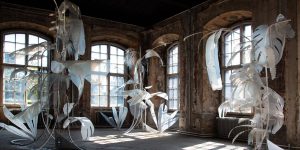
WITHER – A Slice of Rainforest Disappearing at the Rate of Deforestation
Thijs Biersteker
The deforestation of the Brazilian Amazon continues at an alarming rate. In an ongoing partnership between the United Nations Educational, Scientific and Cultural Organization (UNESCO) and artist Thijs Biersteker, Wither is a slice of digital rainforest that disappears at the same rate as the Amazon rainforest.
-
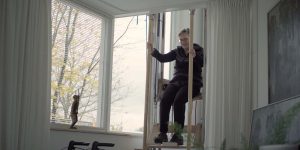
Vertical Walking
Rombout Frieling
Our European population is ageing and our cities have become denser and hence more vertical. Stairs require a lot of effort and can become a real challenge for people as they get older. Elevators seem to suggest that we have given up on finding new ways of using our body (other than pushing the button).…
-

The Glass Room: Misinformation Community Edition
Tactical Tech
The Glass Room: Misinformation Community Edition is an interactive community engagement exhibition that invites people to think critically and proactively about their relationship with digital technologies. It is a space to reflect, discuss, and debate how technology impacts our daily lives and how we consume information, focusing on misinformation, political influence, and democracy.
-

Symbiosis
Polymorf in collaboration with Studio Biarritz
How does it feel to be a slime mold? Or a toad? Or a plant? The virtual reality experience Symbiosis from the Dutch collective Polymorf is a unique experience for all the senses. Wearing a specially designed suit full of sensors, you temporarily escape the limitations of the human body and the world as humans…
-

Susceptible
Anna Dumitriu, Alex May
Susceptible is a data-driven interactive digital artwork based on cutting-edge research from CRyPTIC, an international consortium led by the University of Oxford. CRyPTIC’s research analysed thousands of images of the tuberculosis (TB) bacteria growing in the presence of different antibiotics.
